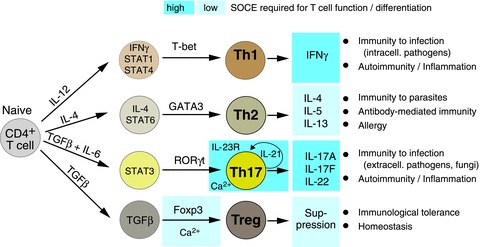Figure 3. Role of SOCE in the differentiation and function of CD4+ T cells.

Naive CD4+ T cells differentiate into distinct T helper (Th) cell types and regulatory T (Treg) cells whose role in immunity is indicated on the right. Differentiation into Th1, Th2, Th17 or Treg cells is influenced by the cytokine milieu in which TCR stimulation occurs. Indicated are the cytokines and STAT (signal transducer and activator of transcription) molecules that initiate CD4+ T cell differentiation (left column) and promote expression of lineage specific transcription factors (indicated above arrows). In Treg cells, SOCE is required for Foxp3 expression and Treg differentiation. In Th17 cells, SOCE controls expression of IL-21 and the receptor for IL-23 (IL-23R), cytokines which have been implicated in the terminal differentiation and survival of Th17 cells. In addition to influencing CD4+ T cell differentiation, SOCE is essential for effector functions of Th1, Th2, Th17 and Treg cells. The levels of SOCE required for the differentiation and function of distinct CD4+ T cell types are indicated by blue boxes (light blue: low levels of SOCE sufficient; dark blue: robust, sustained SOCE required).
